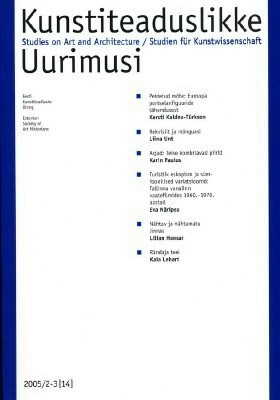Peidetud mõte: Euroopa portselanfiguuride tähendusest
Hidden Thought: On the meaning of European porcelain figures
Author(s): Kersti Kuldna-TürksonSubject(s): Fine Arts / Performing Arts
Published by: Eesti Kunstiteadlaste Ühing
Keywords: Porcelain art; Kadriorg Art Museum; Mikkel Museum; Russian porcelain; Soviet porcelain
Summary/Abstract: General attitudes towards the porcelain figure as a field of applied arts have periodically undergone some major changes. Until very recently, it was often considered to be a beautiful object only worthy of the attention of collectors. For art historians, 18th-century porcelain figures are seen as good examples of small-scale sculpture of the Rococo period. Rococo and 18th-century Neoclassicism valued the intimate and the miniature, and such figures embody the best achievements of these styles in the field of sculpture. However, during their peak in the 18th century, porcelain figures carried much wider meaning: as part of the spatial program, or table decoration, they reflected the culture and philosophy of their era, and sometimes even its political and social relations. This article will focus on different meanings of porcelain figures using
Journal: Kunstiteaduslikke Uurimusi
- Issue Year: 14/2005
- Issue No: 02+03
- Page Range: 11-35
- Page Count: 25
- Language: Estonian
- Content File-PDF

